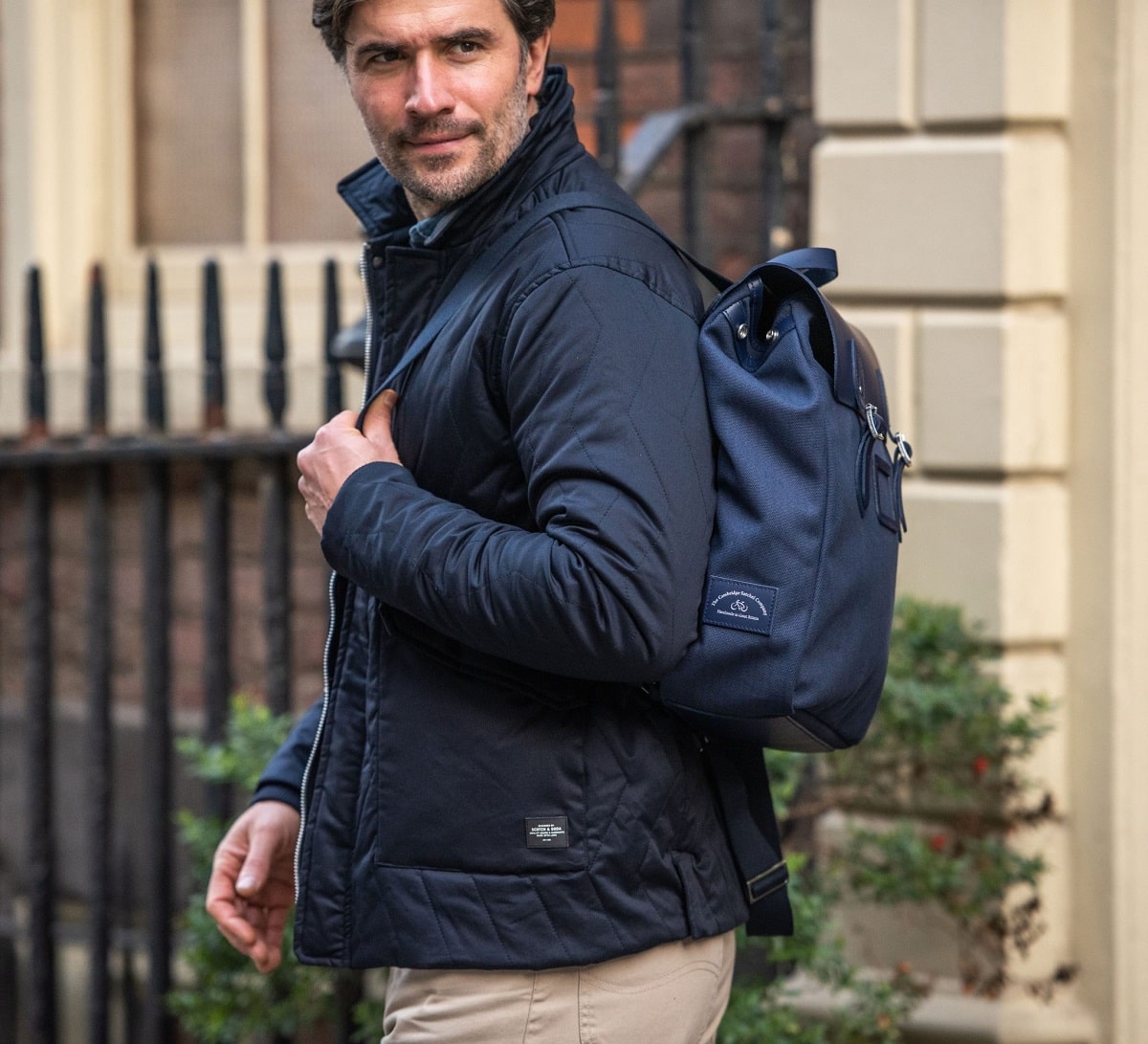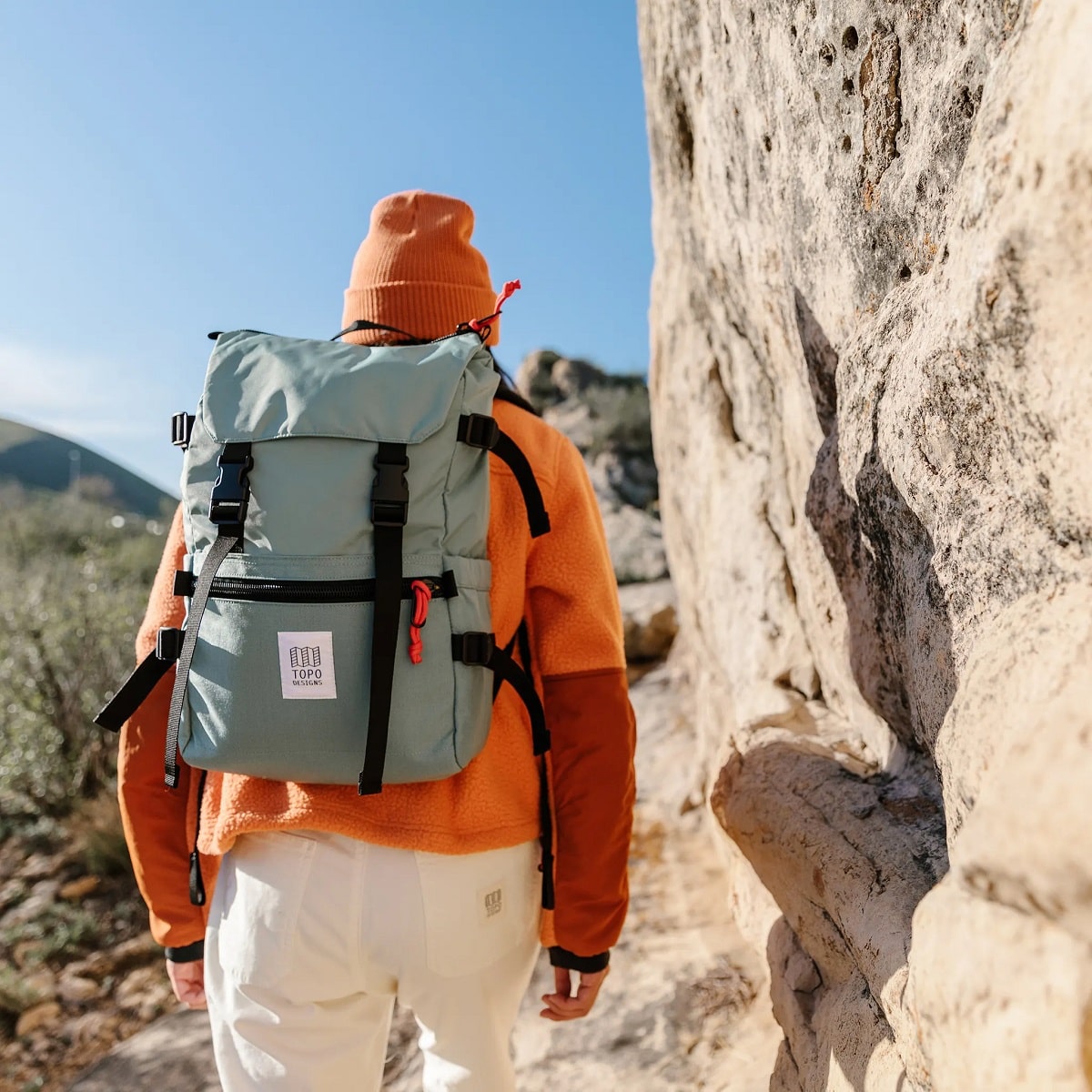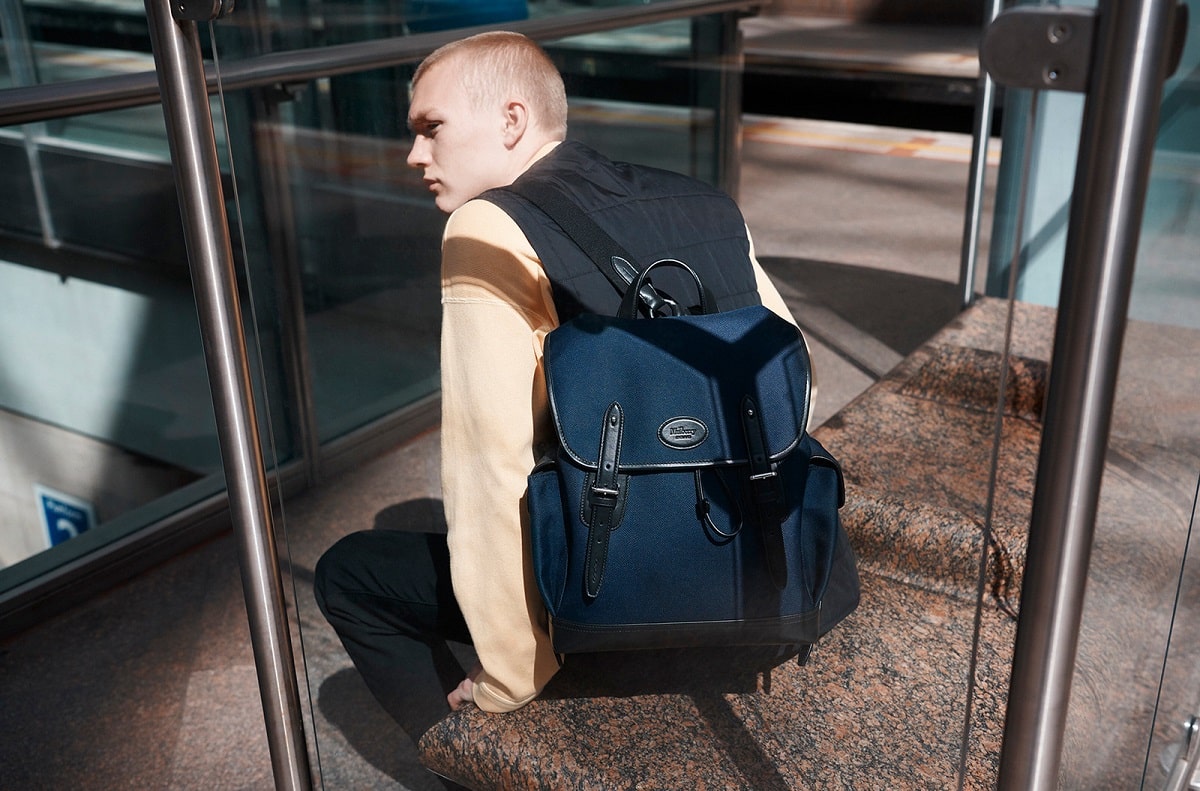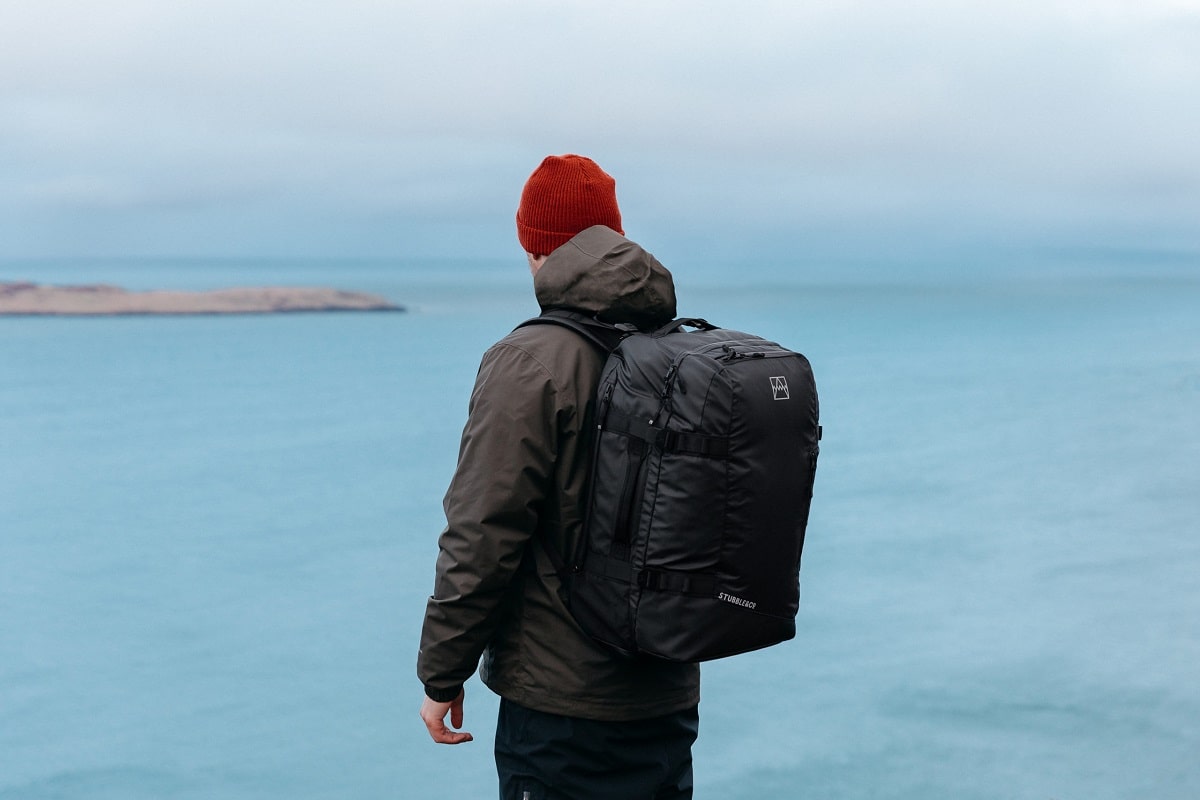1
HOME > Tips & Advice >
WHAT TO LOOK FOR IN A BACKPACK
Written by Ivan Yaskey in Tips & Advice on the 21st July 2022

Backpacks come with school connotations. It’s assumed that, once you hit adulthood, you’ll graduate to something like a satchel or messenger bag or pick up a briefcase. Yet, backpacks offer a multitude of benefits, including use of both hands, a design that better distributes weight, and multiple pockets for your belongings. Instead of just picking up any JanSport you see, think about construction and features:
Types of Backpacks
We’re all expected to multitask now, whether that’s answering emails on your morning commute or texting your friends wherever you’re walking. Backpacks automatically ensure you’ve got both hands and arms to use, no matter where you happen to be. While packs for carrying things on one’s back date to somewhere around 3300 BC, what we perceive as the modern-day backpack or rucksack emerged in late 19th century. Around this time, Henry Merriam fashioned one from canvas and wood for carrying one’s belongings. Developments into the 20th century added a steel frame and zippers and lightened up the weight. Initially for the outdoor market, backpacks became a staple on American university campuses starting in the 1960s, and their status has yet to waiver. Messenger bags and satchels might change things up, but backpacks typically have an edge in two regards: Better distribution and balance of weight between the shoulders, and greater volume and space for whatever you intend to carry. On the subject of versatility, your backpack can suit your commute to the office, can function as a weekend bag, and may have 35L of space for a short hike or camping trip. Especially as adults see its practical benefits and brands diversify construction beyond canvas and woven nylon, you’ll come across the following types:

Travel pack: By dimension, travel packs are small enough to serve as carry-on bags and study enough to take on whatever excursion you have planned. These tend to hit the 55L mark while offering a choice of pockets – internal and hidden, preferably – for holding onto and organizing your belongings.
Commuter bag: “Commuter bag” connotes two types of backpacks. The first, in more of a modern sense, is a leather pack that effortlessly matches a business to smart-casual wardrobe. A streamlined construction with multiple interior pockets replaces what you would’ve gotten from a briefcase a few decades earlier. Secondly, “commuter bag” applies to a backpack designed for cyclists, often arranged for improved airflow and equipped with waterproof properties and extra cushioning.
Laptop bags: Due to the ubiquity of laptops and tablets in schools, plenty of backpacks you’ll come across feature a sleeve or more sturdy compartment for securing and protecting an electronic device. A laptop bag, by contrast, goes for a more simplified approach: The design assumes you’re part of the digital economy and have few other belongings to haul with you. As such, these packs center around a single, cushioned compartment for your device and add a few smaller pockets to the outside. You may spot this bag with dual straps or a larger band that fits across the body.
Military packs: You’re picturing something olive green and canvas. While your vision’s close, military or tactical packs tend to be streamlined with dedicated pockets on the inside and exterior, as well as straps and webbing for carrying additional items. Beyond green, you’ll spot inspired and military surplus options in khaki, blue, or black.
Hiking packs: While a backpacking pack might be overkill due to the size and shape, a traditional hiking pack or rucksack offers an ergonomic design with straps, a waistbelt, and padding in key areas. This construction will be enhanced with features similar to that of a military pack.

Common Backpack Materials
Features and construction might be the primary selling points, but material sets the tone. It’s what separates a smart-casual briefcase upgrade from something you’d take along to college or university. Generally, your options as you look for a work-only or more versatile bag encompass:
Canvas: The most traditional gives off the most rugged character. Today, particularly as waterproof technologies come into question, canvas delivers textile construction often with a waxed coating for better weather resistance. If it can work for your jacket, it’s up to the task for your bag.
Other textiles: Woven nylon tends to be the default for most backpacks. This might be a medium-strength material, or could go in a heavier-duty Cordura direction inspired by modern-day tactical construction. On the cheaper end, you might spot polyester or polypropylene, but realize that these materials may rip and show wear sooner.
Leather: You’ll notice this material among the more upscale crowd, perhaps seen through a more transitional lens as something timeless merging with a more modern, still youthful silhouette. Realize that if you’re selecting a leather commuter bag, you’ll have to consider its resistance to the elements and how frequently you’ll be wearing it outdoors. Then, there’s the style camp – more out of coordination – that recommends matching your bag with any other leather items you have on, mainly your belt and shoes. As such, if you’re more the type to wear black leather oxfords, match your work bag accordingly.

Features to Look for
A backpack ends up being more cumbersome if there’s always extra space and superfluous if it can’t carry what you need or feels awkward as you do so. To find something you’ll actually use, look for the following:
Adjustable straps: This is a given for comfort and also a more ergonomic fit. Without this, you end up having something that sits too close and pinches your shoulders, or hangs too far down that you feel strain along your back.
Space: Think about what you’ll typically be carrying ahead of time. Will your consistently bring along a laptop and notebook? Should the pack be large enough for a few sets of clothes? Backpacks for the office tend to offer 20L to 35L of room, while something larger – 35L to 55L – falls within hiking and military territory.
Dedicated pockets and organizational features: Modern-day backpacks tend to come with pockets and sleeves to hold items in place and better organise your belongings, be it a spot for change, a laptop or tablet, or even an area sized for a digital camera. A larger interior might be more versatile, but if you consistently bring along certain items, consider something equipped with more organizational features.
Frame: We tend to divide backpacks between something with a frame – typically for hiking and camping – and frameless. In between, packs may have an internal or external frame for a degree of support and shape without adding excess weight.

Trending
2
3
4
5
6
7
8
9
10










